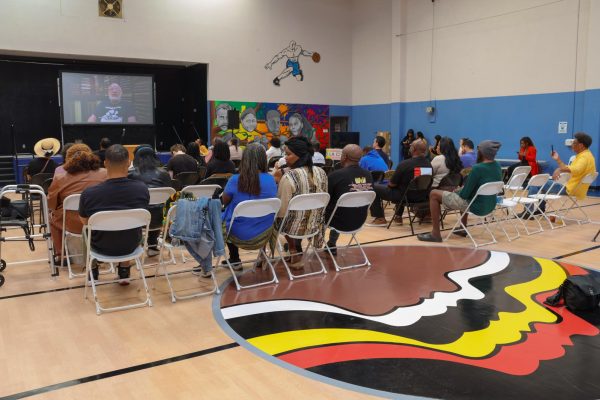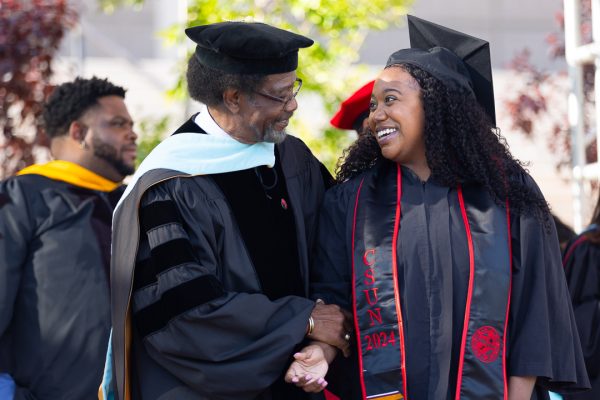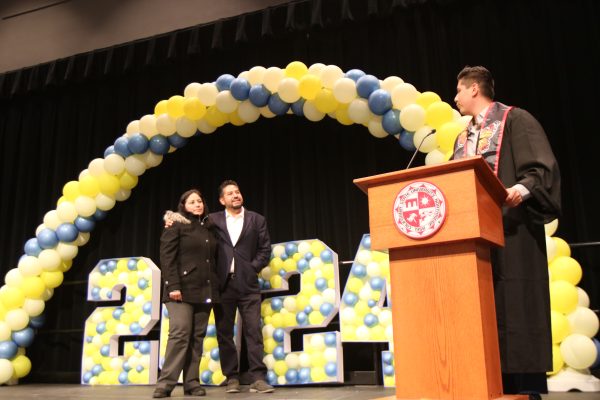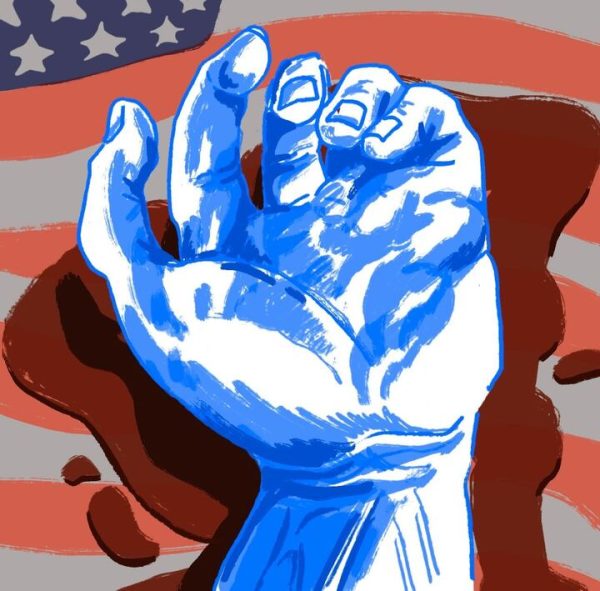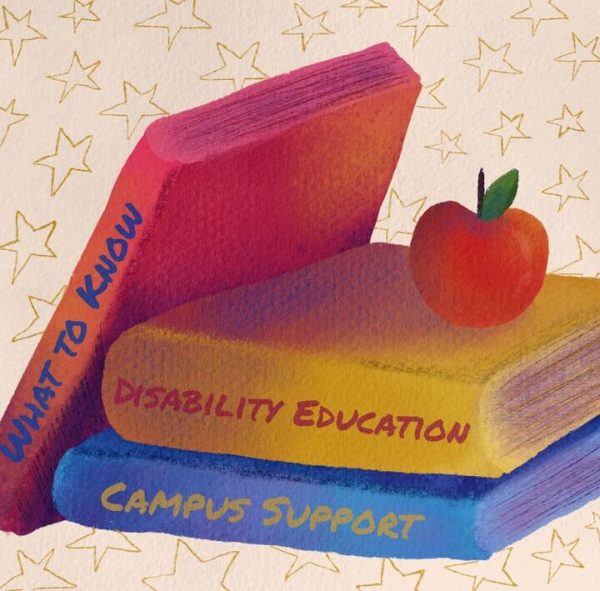OPINION: Marathons added nonbinary divisions: When will universities follow?

Illustration by Edward Segal.
January 27, 2023
Every spring and summer, thousands of runners across the country participate in marathons, setting out to complete a 26.2 mile run around a major city. For some, the registration process itself was just as challenging as the marathon.
Before 2021, a vast majority of marathons only had two gender options for their runners to pick from – male and female. Athletes like Jake Fedorowski, a board member of an LGBTQ-welcoming team of runners called the Seattle Frontrunners, felt that neither of the options were particularly gender affirming to them.
After reaching out to directors of the Seattle Marathon, Fedorowski quickly realized that it was due to a lack of education on how to create a safe environment for nonbinary individuals that marathons were unable to implement the division. The Frontrunner began writing down the questions of race directors, starting a conversation with people in their community as well as other nonbinary athletes to find answers.
Thus began the project now known as the Guide to Non-Binary Inclusion in Running, a 24-page digital manual “meant to assist race directors as they embark, or continue, on their journey toward creating a more inclusive event,” and for the rest of the running community to use as a free resource.
The guide includes everything from how to budget towards adding another division, to what language that can be used to shy away from terms that are based purely on sex, rather than gender identity.
Since the guide was published, a number of marathons have openly or silently added nonbinary divisions to their races, such as the San Francisco Marathon, Chicago Marathon and New York City Marathon. According to Fedorowski, some runners even feel motivated to begin doing marathons again.
However, the track and field and cross-country divisions at universities have yet to follow suit. They are still categorized only as “women’s” or “men’s” sports, and rarely contain representation from nonbinary athletes on the team.
According to Gallup, there are currently more young adults who identify as LGBTQ+ than in any other generation. Yet most universities are still reinforcing solely cisgender identities in their practices, policies and norms, particularly in the world of athletics. A 2021 survey done by The Trevor Project found that a large number of LGBTQ youth choose not to participate in a sport out of fear of discrimination, rather than disinterest.
Given the recent attacks on transgender and nonbinary people by legislation such as House File 2416, an Iowa bill passed in 2022 which prohibits transgender women from participating in women’s college athletics, it is imperative that universities finally begin taking steps toward a fully gender-inclusive system in their sports. Doing so would undoubtedly uncover a new set of athletes who would finally feel safe enough to participate in the sport they love competitively, regardless of what their gender identity may be.



